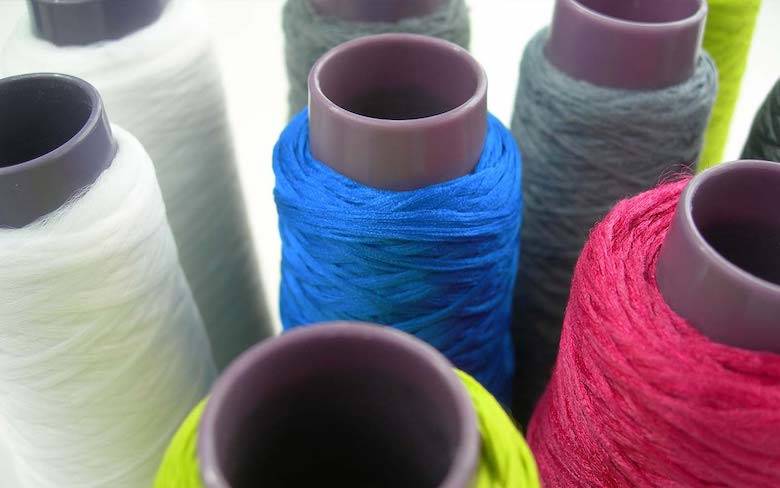Polyester’s true water footprint has gone largely unreported

The water footprint of polyester fibre is much higher than influential apparel industry calculations have suggested, according to non-profit group Water Footprint Network.
In a report called Water Footprint Assessment of Polyester and Viscose, the Netherlands-based organisation said the water footprint of polyester can be as high as 71,000 cubic metres per tonne of fibre, which equates 71,000 litres per kilo of fibre.
An online tool aimed at helping consumers to calculate the environmental impact of their clothing that e-commerce platform Farfetch launched in 2020 calculates that one kilo of polyester consumes 78 litres of water. The figure the Farfetch Fashion Footprint Tool offers for cotton is 10,000 litres of water per kilo of fibre.
In its most recent update of the Higg Materials Sustainability Index (MSI) in August, the Sustainable Apparel Coalition presented polyester as the most sustainable fibre available to clothing manufacturers. It gave a “water scarcity impact” of 1.32 per kilo of polyester fabric, contrasting with 57.1 per kilo of cotton fabric.
London-based consultant, ex-World Bank economist and economist Veronica Bates Kassetly has commented on social media that, even though the Water Footprint Assessment of Polyester and Viscose report was published in 2017, its figure for polyester’s water consumption has gone largely unreported.
Instead, she said the C&A Foundation (now the Laudes Foundation), which funded the Water Footprint Network report, had misquoted the figures for water consumption in polyester production in its own sustainability report for 2016, citing it as equivalent to 71 litres of water per kilo instead of 71,000.
She also criticised apparel group H&M for saying in its sustainability reports that it bases its own calculations for water consumption on the work of the Water Footprint Network while, at the same time, planning to “influence consumer choices based on the Higg”.
Image: Indorama.








